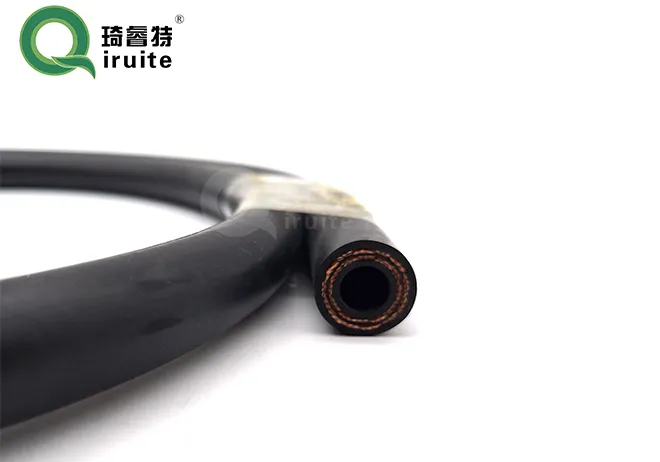brake hose replacement
Brake Hose Replacement A Comprehensive Guide
Maintaining a vehicle is crucial for safety, performance, and longevity. Among the various components that require attention, the brake system stands out as one of the most critical. The brake hose, an integral part of the brake system, plays a vital role in ensuring effective braking. Over time, brake hoses can wear out or become damaged, necessitating replacement. This article will guide you through the importance of brake hose replacement, signs of wear, and the replacement process itself.
Why Brake Hose Replacement is Important
Brake hoses are responsible for transporting brake fluid from the master cylinder to the brake calipers or wheel cylinders. They are typically made of rubber and reinforced with steel braiding to withstand high pressure. Given their crucial role, any failure of the brake hose can lead to a complete brake failure. This can pose a severe safety risk, not just to the occupants of the vehicle but to others on the road as well.
Signs of a Failing Brake Hose
Being aware of the signs of a failing brake hose can help you address issues before they lead to more significant problems. Here are some common indicators
1. Leaking Brake Fluid If you notice brake fluid pooling under your vehicle, it could indicate a leak in the brake hose. Even small leaks can lead to substantial pressure loss in the braking system.
2. Spongy or Soft Brake Pedal If your brake pedal feels spongy or less responsive than usual, this could be a sign of air trapped in the brake line due to a ruptured hose.
3. Visual Wear and Damage Inspect the brake hoses regularly for cracks, bulges, or fraying. Any visible damage is a strong indication that the hoses need replacement.
4. Unusual Brake Performance If your vehicle pulls to one side when braking or if you experience a longer stopping distance, this could also indicate problems with the brake hoses.
The Replacement Process
brake hose replacement

Replacing a brake hose may seem daunting, but with the right tools and a little patience, it can be a manageable job. Here’s a step-by-step guide
Step 1 Gather Tools and Materials You'll need a jack and jack stands, brake fluid, a wrench set, and a new brake hose (make sure it’s the correct part for your vehicle).
Step 2 Prepare the Vehicle 1. Safety First Park the vehicle on a level surface, engage the parking brake, and wear safety goggles. 2. Lift the Vehicle Use the jack to lift the vehicle and secure it with jack stands.
Step 3 Locate the Brake Hose Identify and follow the brake lines from the master cylinder to the brakes. Find the hose that needs replacement.
Step 4 Remove the Old Hose 1. Loosen Fittings Using the appropriate size wrench, loosen the fittings on both ends of the brake hose. 2. Remove the Hose Carefully detach the hose from the system, being prepared for any residual brake fluid.
Step 5 Install the New Hose 1. Position the New Hose Align the new hose with the fittings. 2. Tighten the Fittings Securely tighten the fittings using the wrench, ensuring they are not over-tightened.
Step 6 Bleed the Brake System After replacing the hose, it’s crucial to bleed the brake system to remove any air that has entered. Follow the manufacturer’s specifications for this process.
Step 7 Test the Brakes Before driving the vehicle, press the brake pedal multiple times to ensure it feels firm. Check for any leaks around the new hose.
Conclusion
Regular maintenance of your vehicle’s brake system, including brake hose replacement, is essential for safe driving. If you notice any warning signs or feel uncertain about replacing the hoses yourself, it's always best to consult a professional mechanic. Remember, a well-functioning brake system is key to not only your safety but also the safety of others on the road. Don't overlook the importance of each component in your vehicle's braking system!
-
Ultimate Spiral Protection for Hoses & CablesNewsJun.26,2025
-
The Ultimate Quick-Connect Solutions for Every NeedNewsJun.26,2025
-
SAE J1401 Brake Hose: Reliable Choice for Safe BrakingNewsJun.26,2025
-
Reliable J2064 A/C Hoses for Real-World Cooling NeedsNewsJun.26,2025
-
Heavy-Duty Sewer Jetting Hoses Built to LastNewsJun.26,2025
-
Fix Power Steering Tube Leaks Fast – Durable & Affordable SolutionNewsJun.26,2025

